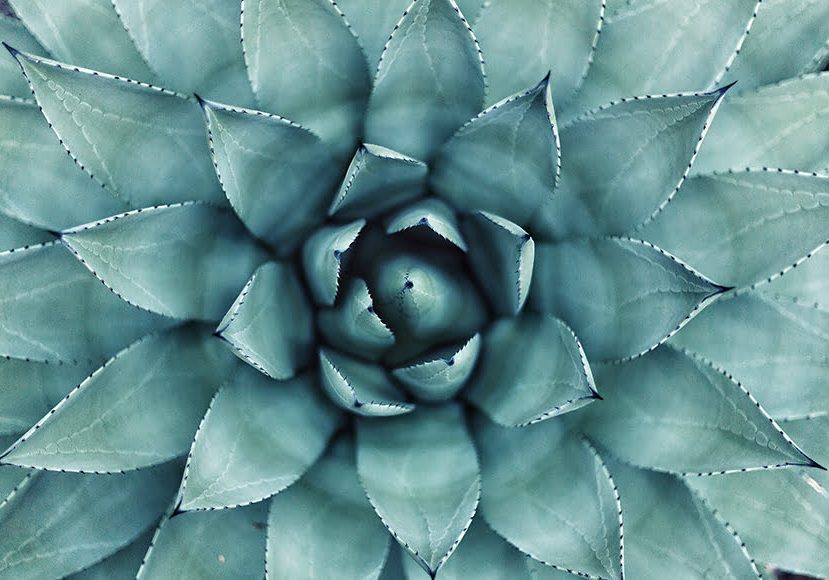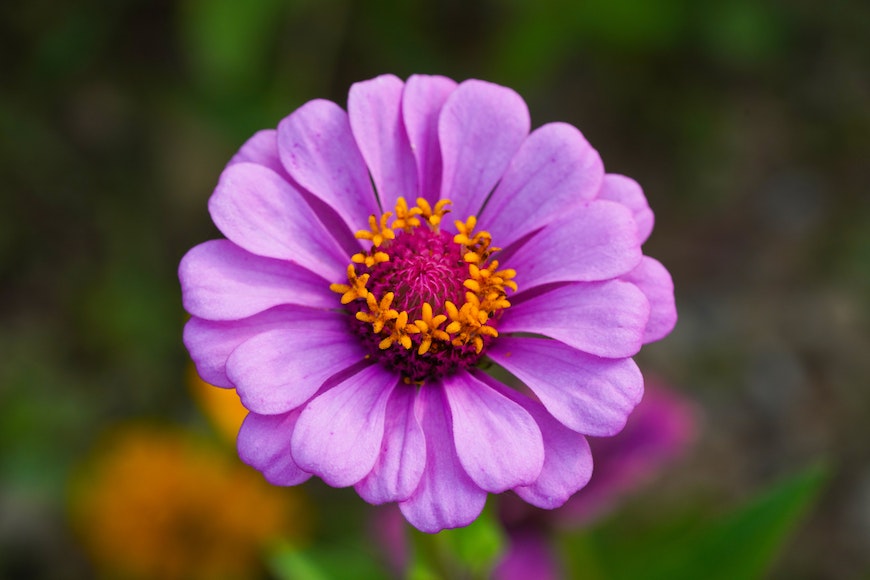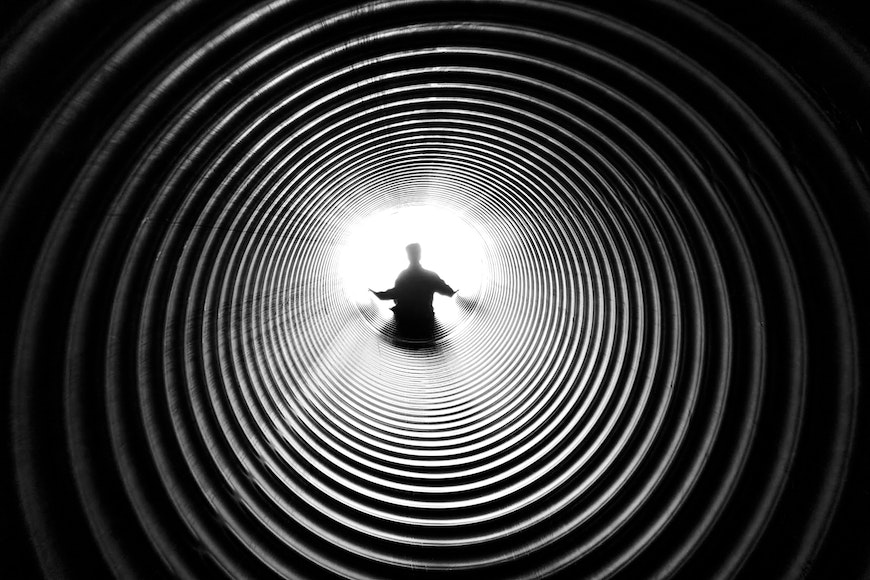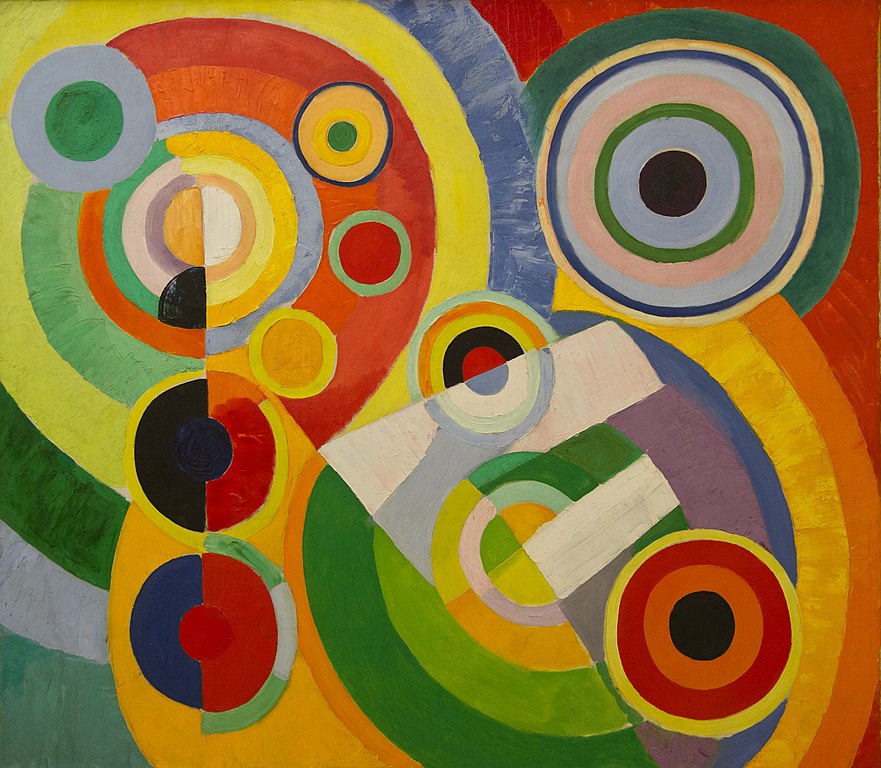
Understanding Radial Balance in Art & Photography
If you've ever wondered why radial balance is so important in nature, art and photography, this comprehensive guide will reveal all the secrets.
Learn | Photography Guides | By Jeff Collier
Visual harmony is a critical aspect of creating captivating images in art and photography.
One technique that can help you achieve this harmony is radial balance, a composition technique that organizes elements around a central point.
In this comprehensive guide, we’ll delve into the concept of radial balance and its significance in nature and architecture.
We’ll also discuss techniques for achieving radial balance in photography and offer plenty of real-life examples for your inspiration.
Key Takeaways
- Radial balance is a composition technique that creates visual harmony and guides the viewer’s eye.
- It can be found in nature, architecture, artworks, and photography to create aesthetically pleasing images.
- Mastery of radial balance requires experimentation and continuous learning of techniques such as symmetry, framing, lighting etc.
What is Radial Balance?

Credit: 김-대정
Radial balance is a composition technique in which elements are arranged to radiate from a central point, creating visual harmony and guiding the viewer’s eye.
This balance can be achieved in various ways, such as through an intentional decision, a coincidental occurrence, or a deliberate attempt to create radial balance in the composition.
Examples of art forms that utilize radial balance include petroglyphs, stone circles like Stonehenge, classical architectural components like cupolas and spires, stained glass windows, and mandalas.
Achieving radial balance in photography often involves the use of line drawing, color blocks, and other distinctive geometric shapes like starbursts, octagons, and pinwheels.
A great example of radial balance in art and photography is a flower with pink petals, where the low key photography technique is employed to enhance the composition, thus creating radial balance in the image.
Why is Radial Balance Important?
Radial balance can generate a perception of depth, movement, and harmony in an artwork or photograph.
By evenly distributing visual weight across the composition, radial balance helps to create balance, establishing a sense of stability and completeness, directing the viewer’s attention to a central focal point and creating a point of focus in the image.
Achieving visual harmony radial balance is an essential aspect of art and design, making perfect radial balance a valuable composition tool in various visual arts.
Why Radial Balance is so Pleasing to the Eye in Photography?
Radial balance is appealing because our brains naturally look for order and symmetry, which this type of composition provides. This pattern is common in nature, so images with radial balance can feel familiar and comforting.
Radial balance creates a strong focal point, leading the viewer’s eye towards the center of the image. This makes the photo more engaging as the viewer explores the elements that radiate out from the center.
The equal distribution of elements in a radial design conveys a sense of balance and harmony. This balance is generally pleasing to the eye and can make an image feel stable and tranquil.
Radial balance can also give a sense of movement, with elements seeming to spin around the central point. This dynamic feeling can add an extra level of interest to the image.
Radial balance can be used to create a dramatic effect, particularly when combined with a compelling subject or strong contrast. The result can be a powerful, attention-grabbing image.
Finally, radial balance offers a unique perspective on composition, providing variety and standing out among other images.
Radial Balance vs. Other Types of Balance
There are several types of balance in art, including symmetrical, asymmetrical, and radial balance.
Symmetrical balance involves arranging objects of equal weight around the composition’s central point, aligning elements vertically and horizontally to create a symmetrical and reflective appearance.
Asymmetrical balance, on the other hand, achieves balance through the juxtaposition of different shapes and sizes while maintaining the artwork’s overall equilibrium.
Radial balance is distinct from symmetrical and asymmetrical balance and has its unique effects on compositions.
How Much Do You REALLY Know About Photography?! 🤔
Test your photography knowledge with this quick quiz!
See how much you really know about photography...

In radial symmetry art, elements are arranged in a circular or spiral pattern around a central point, creating a visually appealing and harmonious composition.
This contrast between radial balance and other forms of balance demonstrates the versatility of composition techniques in art and photography.
Finding Radial Balance in Nature and Architecture

Credit: Bastian Riccardi
Radial balance can be observed not only in art and photography but also in nature and architecture.
From natural subjects like flowers and seashells to architectural structures like domed ceilings and spiral staircases, radial balance can be found in various forms, showcasing its prevalence and aesthetic appeal in a wide range of subjects.
Radial balance is a pleasing visual effect that can be used to create a sense of harmony and balance in a composition.
It is often used to draw the viewer’s eye to the center, and understanding the radial balance definition can help artists and designers achieve this effect more effectively.
Examples of Radial Balance in Nature
Nature offers numerous examples of radial balance, with subjects like flowers, seashells, and spider webs displaying this captivating composition technique.
Flowers, for instance, possess petals that extend outward from a focal point, forming a symmetrical arrangement.
This natural example of radial balance demonstrates how radial symmetry can create a sense of harmony and visual appeal in various subjects, serving as a radial symmetry art example.
Mandalas, another example of radial balance, are circular patterns of colored sand typically found in regions that practice Hinduism and Buddhism.
They represent the universe and one’s spiritual journey, further illustrating the versatility and significance of radial balance in various cultural and natural contexts.
Examples of Radial Balance in Architecture
In architecture, radial balance is employed to create a sense of unity and wholeness in design.
Examples of radial balance in architecture include domed ceilings, spiral staircases, and circular floor patterns, all of which showcase the captivating aesthetic that radial balance can bring to architectural structures.
These examples further demonstrate the versatility and visual appeal of radial balance across different subjects and disciplines.
How to Create Radial Balance in Photography

Credit: Anthony Derosa
If you’re keen on creating radial balance in photography, a combination of composition and framing tips, as well as equipment and settings recommendations, can be employed.
Experimenting with various perspectives and subjects can help artists and photographers find the optimal composition to create visually stunning images that showcase radial balance.
In the following sections, we’ll delve into specific techniques and tips for achieving radial balance in photography.
Composition and Framing
One of the key aspects of achieving radial balance in photography is accurate composition, as the center of the circle becomes the focal point of the composition.
To create radial balance, center the subject and use leading lines to guide the viewer’s eye to the intended focal point.
For instance, capturing an image through a round window can form a frame around the subject, focusing the viewer’s attention on the central point.
Another technique for aligning the center of the scene precisely in photography is to activate the grids in your camera.
This can help ensure that your subject is perfectly centered, creating a visually appealing composition that showcases radial balance.
Equipment and Settings
While radial balance can be achieved without specialized equipment or settings, using a tripod and wide-angle lenses can help create more stable and captivating compositions that showcase radial balance.
Experimenting with different equipment and settings, such as long-exposure night photography, can further enhance your ability to capture stunning images that incorporate radial balance, allowing you to create visually appealing and harmonious compositions in various photographic genres.
By understanding the principles of radial balance, you can create beautiful and balanced images that draw the viewer’s eye to the center of the composition.
Consider using a wide-angle lens, which can exaggerate the sense of depth and space in your photo, making it appear as though elements are radiating out from the center of the image.
Creative Approaches to Radial Balance

Credit: Alex Kinkate
In the realm of art, radial balance can be employed creatively in various ways, including both symmetrical and asymmetrical compositions.
By experimenting with different approaches, artists and photographers can find unique and engaging ways to showcase radial balance in their work, such as through radial balance photography.
In the following sections, we’ll explore both symmetrical and asymmetrical compositions and their impact on radial balance.
Symmetrical Compositions
Symmetrical compositions using radial balance create a sense of order and harmony in images.
By establishing a center point and replicating other elements in a circular or radially arranged pattern, artists can create visually appealing compositions that showcase radial balance.
Examples of symmetrical compositions include mandalas, sunbursts, and radial designs.
To master symmetrical compositions, it’s essential to experiment with various elements and patterns to achieve the desired balance.
Asymmetrical Compositions
Asymmetrical compositions offer a more dynamic and visually interesting approach to radial balance, incorporating elements of unequal weight on both sides of a composition while maintaining overall equilibrium.
By arranging different shapes, sizes, colors, and textures in an unbalanced fashion around a central point, artists can create visually appealing images that showcase radial balance in a unique and engaging manner.
Real-Life Examples of Radial Balance in Art and Photography

Robert Delaunay, Huile sur toile, 1930. Musée National d’Art Moderne, Paris. Donation Sonia Delaunay et Charles Delaunay 1964. Public Domain, via Wikimedia Commons
Radial balance can be found in various real-life examples, from famous artworks like mandalas and paintings by Robert Delaunay to contemporary photography genres such as architecture, macro, and portrait photography.
These examples showcase the versatility and aesthetic appeal of radial balance, inspiring artists and photographers to incorporate this captivating composition technique in their own work.
Radial balance is a powerful tool for creating visually appealing images.
It can be used to draw attention to a particular subject, create a sense of harmony, or emphasize the relationship between elements in a composition.
By understanding the principles of radial balance, photographers can create stunning images that stand out from the crowd.
Famous Artworks which achieve Radial Balance
Renowned artworks that demonstrate radial balance include mandalas and paintings by Robert Delaunay.
Mandalas are circular patterns of colored sand typically found in regions that practice Hinduism and Buddhism, representing the universe and one’s spiritual journey.
Robert Delaunay, a pivotal member of the Les XX group in France, developed a new type of art called Synthetic Cubism and collaborated on the Vorticism movement in London with other artists, including Paul Nash.
These famous artworks showcase the captivating aesthetic that radial balance can bring to various art forms.
Contemporary Radial Balance Photography
In contemporary photography, radial balance can be found in various genres, including architecture, macro, and portrait photography.
Radial balance is utilized to generate a sense of equilibrium and symmetry within a photograph, either by using negative space and color or by creating perfect symmetry.
Experimenting with different subjects and compositions in contemporary photography can help artists and photographers discover new and inventive ways to showcase radial balance, creating visually stunning images that captivate viewers.
Frequently Asked Questions
What is an example of a radial balance?
An example of radial balance is seen in the City of Woodstock logo, which features a central circular symbol surrounded by six equally spaced symbols arranged around it.
This logo reflects symmetry and illustrates an aesthetically pleasing form of balance.
What is radial balance used for?
Radial balance is an effective design technique used to bring attention to a focal point in the center of a composition by radiating outwards from it. It provides visual stability and has calming effects, creating a sense of harmony in the image.
What is symmetrical or radial balance?
Symmetrical or radial balance is an arrangement of elements in a design which creates a feeling of balance and harmony by mirroring elements on opposite sides of the composition. Radial balance involves arranging the elements around a central point, such as spokes on a wheel, creating a sense of movement.
Why is radial balance good?
Radial balance can create a sense of harmony, calmness, and peacefulness that appeals to the viewer, giving them a sense of tranquility when viewing your piece. Using radial balance creates an aesthetically pleasing look for any artwork that the viewer can appreciate, creating a pleasant visual experience. Radial balance is therefore an effective way to achieve an attractive result in any composition.
How can radial balance be achieved in photography?
Radial balance can be created in photography by arranging the elements of a photo around a focal point, manipulating lighting to add contrast and shadows, and experimenting with different camera settings to create an impactful image.
By using these techniques, photographers can create a visually appealing image that draws the viewer in and conveys a message.
Different camera settings can be used to create a sense of depth and perspective while manipulating lighting can add drama and emotion to the image.

Check out these 8 essential tools to help you succeed as a professional photographer.
Includes limited-time discounts.













